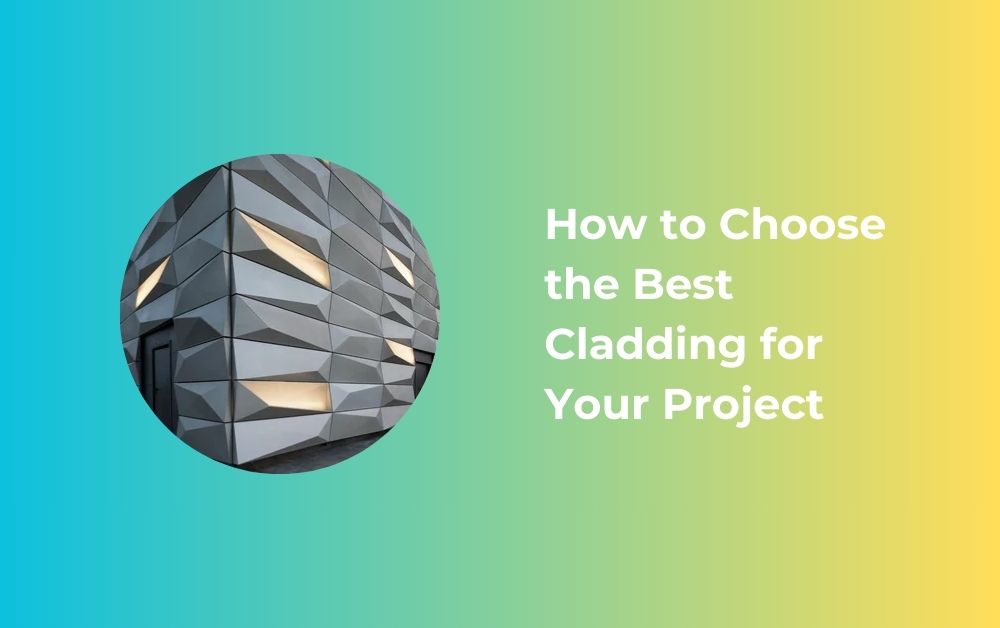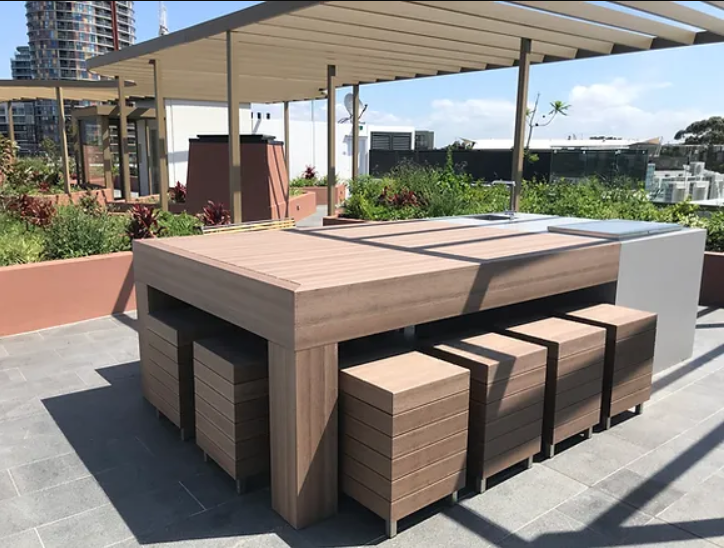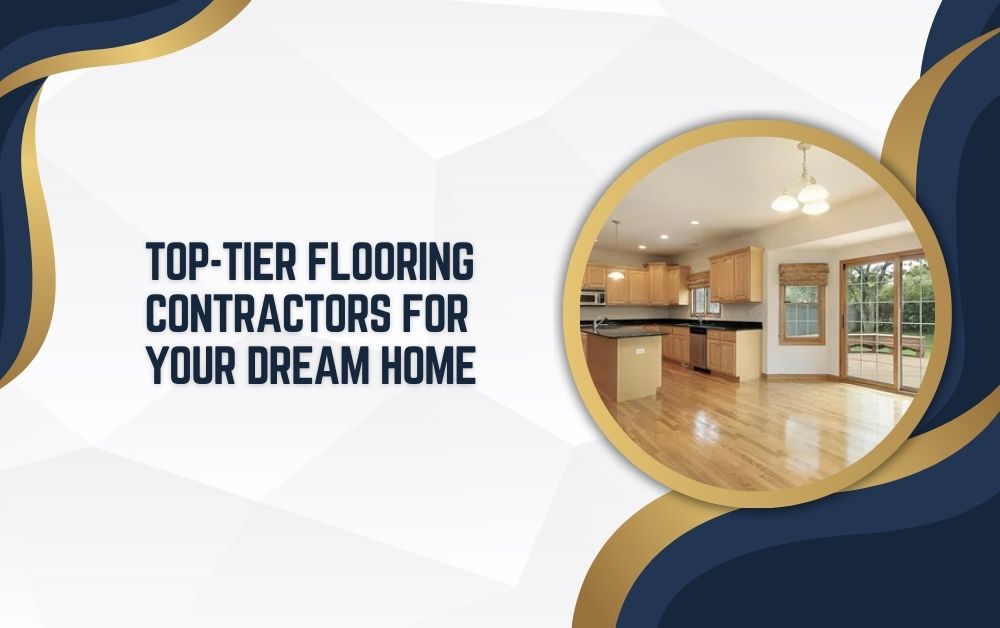
Choosing the right cladding for your project is crucial. Cladding not only enhances the appearance of your building but also provides protection against the elements. With so many options available, it can be challenging to decide which cladding is best for your needs. This blog will guide you through the process of selecting the perfect cladding for your project, using simple and easy-to-understand language.
What is Cladding?
Understanding Cladding
Cladding is a layer of material applied to the exterior of a building. It serves two primary purposes: improving the building’s aesthetic appeal and protecting it from external factors such as weather conditions and pollution. Cladding can be made from various materials, including wood, metal, brick, stone, and composite materials.
Note – Enhance your building’s appeal and durability with the best cladding solutions in Dubai. Explore our useful tips and expert advice to make the right choice for your project. Whether you need help with material selection, installation, or maintenance, we’ve got you covered. Contact us today for personalized guidance and top-notch cladding services in Dubai.
Importance of Cladding
Cladding plays a vital role in building construction. It enhances the overall look of the building, making it more attractive. Additionally, cladding provides an extra layer of insulation, which can help reduce energy costs. It also protects the building structure from moisture, wind, and temperature changes, extending the building’s lifespan.
Factors to Consider When Choosing Cladding
Aesthetic Appeal
When choosing cladding, consider the visual impact it will have on your building. The right cladding can transform an ordinary building into something extraordinary. Think about the style you want to achieve and how the cladding material will complement other design elements.
Types of Aesthetic Styles
- Modern Look: Materials like metal and glass can give a sleek, contemporary appearance.
- Traditional Look: Brick or stone cladding can provide a timeless, classic look.
- Rustic Look: Wood cladding can create a warm, natural feel.
Durability
The durability of the cladding material is essential. You want a material that will withstand the test of time and weather conditions. Some materials, like brick and stone, are incredibly durable, while others, like wood, may require more maintenance to stay in good condition.
Materials and Their Durability
- Brick and Stone: Very durable and low maintenance.
- Metal: Durable but may require protection against rust.
- Wood: Requires regular maintenance but can last long with proper care.
- Composite Materials: Designed to be durable and low maintenance.
Maintenance Requirements
Different cladding materials have varying maintenance needs. Some materials, like metal and composite cladding, require minimal maintenance. Others, like wood, need regular upkeep to prevent issues like rot and insect damage.
Maintenance Tips
- Regular Cleaning: Keep your cladding clean to prevent dirt and grime buildup.
- Inspections: Periodically inspect the cladding for any signs of damage or wear.
- Repairs: Address any issues promptly to prevent further damage.
Cost
Cost is a significant factor when choosing cladding. You need to consider both the initial cost of the material and the long-term costs associated with maintenance and repairs. Some materials may be more expensive upfront but save money in the long run due to their low maintenance requirements.
Cost Breakdown
- Initial Costs: The price of purchasing and installing the cladding material.
- Long-term Costs: Maintenance, repairs, and potential replacements over time.
Types of Cladding Materials
Brick Cladding
Brick cladding is a popular choice for its durability and classic appearance. It provides excellent insulation and requires minimal maintenance. Brick cladding is also fire-resistant, adding an extra layer of safety to your building.
Pros and Cons of Brick Cladding
- Pros: Durable, low maintenance, fire-resistant, good insulation.
- Cons: Higher initial cost, limited design flexibility.
Stone Cladding
Stone cladding offers a natural, elegant look. It is incredibly durable and can withstand harsh weather conditions. Stone cladding is available in various colors and textures, allowing for a customized appearance.
Pros and Cons of Stone Cladding
- Pros: Extremely durable, low maintenance, natural aesthetic, good insulation.
- Cons: High initial cost, heavy and requires a strong structure for support.
Wood Cladding
Wood cladding provides a warm, natural feel to any building. It is available in various types, such as cedar, pine, and oak. Wood cladding is relatively easy to install but requires regular maintenance to prevent issues like rot and insect damage.
Pros and Cons of Wood Cladding
- Pros: Natural and warm appearance, easy to work with, versatile.
- Cons: Requires regular maintenance, can be susceptible to rot and insects, not as durable as other materials.
Metal Cladding
Metal cladding is known for its modern, sleek appearance. It is highly durable and requires minimal maintenance. Common metals used for cladding include aluminum, steel, and zinc. Metal cladding is also recyclable, making it an environmentally friendly option.
Pros and Cons of Metal Cladding
- Pros: Durable, low maintenance, modern look, recyclable.
- Cons: Can be prone to rust if not properly treated, can be noisy during rain.
Composite Cladding
Composite cladding is made from a mixture of materials, such as wood fibers and plastic. It is designed to be durable, low maintenance, and available in a wide range of colors and styles. Composite cladding is a versatile option suitable for various building types.
Pros and Cons of Composite Cladding
- Pros: Low maintenance, durable, versatile, wide range of styles.
- Cons: Can be more expensive than some other options, less natural appearance.
How to Install Cladding
Preparation
Before installing cladding, proper preparation is essential. Ensure that the building surface is clean, dry, and free from any damage. Measure the area accurately to determine the amount of cladding material needed.
Preparation Steps
- Clean the Surface: Remove any dirt, debris, or old cladding.
- Inspect for Damage: Repair any structural issues or damage to the building surface.
- Measure the Area: Accurately measure the area to calculate the amount of cladding material required.
Installation Process
The installation process varies depending on the type of cladding material used. However, the general steps include attaching a framework to the building, securing the cladding material to the framework, and ensuring proper alignment and spacing.
General Installation Steps
- Attach the Framework: Install a framework of battens or furring strips to the building surface.
- Secure the Cladding: Attach the cladding material to the framework using appropriate fasteners.
- Check Alignment: Ensure that the cladding is properly aligned and spaced for a neat appearance.
Finishing Touches
Once the cladding is installed, add any finishing touches, such as trim or paint, to enhance the overall look. Ensure that all edges are sealed to prevent moisture infiltration.
Finishing Steps
- Add Trim: Install trim around windows, doors, and corners for a finished look.
- Paint or Seal: Apply paint or sealant to protect the cladding and enhance its appearance.
- Inspect: Perform a final inspection to ensure everything is properly installed and secure.
Conclusion
Choosing the best cladding for your project involves considering several factors, including aesthetic appeal, durability, maintenance requirements, and cost. By understanding the different types of cladding materials available and their pros and cons, you can make an informed decision that meets your needs and enhances your building’s appearance.
Remember, the right cladding can transform your building, providing both protection and beauty. Take your time to explore the options and choose the cladding that best suits your project. With the right choice, your building will stand out and withstand the test of time.
For more insightful articles related to this topic, feel free to visit guestaus.com








